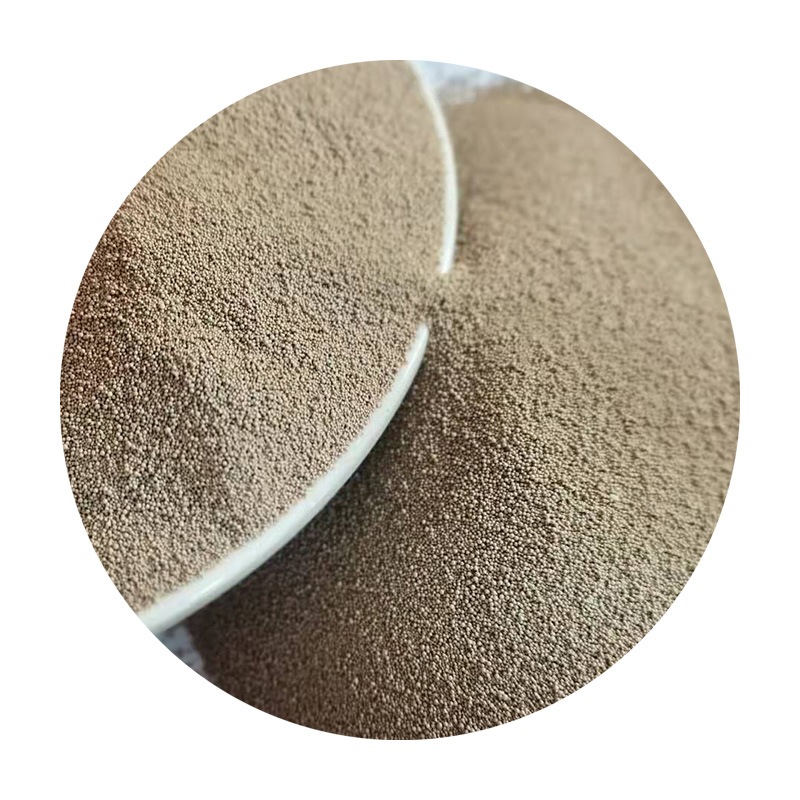Sand Casting An Overview
Sand casting, also known as sand mold casting, is one of the oldest and most widely used metal casting processes. This method features a unique combination of flexibility, cost-effectiveness, and quality, making it a prevalent choice for both industrial and artisanal applications. This article provides an insight into the fundamental aspects of sand casting, including its process, advantages, disadvantages, and applications.
The Sand Casting Process
The sand casting process begins with creating a pattern, which is a replica of the object to be cast. Patterns are typically made from materials such as wood, metal, or plastic, designed to withstand the rigors of the casting process. Once the pattern is ready, sand is mixed with a binding agent—usually clay and water—to create a moldable mixture. The most commonly used sand is silica sand, which is favored for its heat resistance and ability to form intricate shapes.
The sand and binder mixture is compacted around the pattern, forming a mold. This compaction is crucial, as it ensures that the mold can withstand the molten metal's pressure. After the mold is formed, the pattern is removed, leaving a hollow cavity that reflects the shape of the desired object. The process can involve either one or two halves of a mold, depending on the complexity of the shape being cast.
Next, the mold is heated to remove moisture and further enhance its strength. Once prepared, molten metal is poured into the mold through a channel called a sprue. The metal fills the cavity and allows for solidification. After cooling, the mold is broken away to reveal the final cast product.
Advantages of Sand Casting
One of the primary advantages of sand casting is its versatility. It can be used to cast a wide range of metals, including iron, aluminum, and bronze, allowing manufacturers to choose materials based on their specific needs. Additionally, sand casting is suitable for producing both small and large parts, making it an ideal choice for various industries, from automotive to aerospace.
Cost-effectiveness is another significant benefit. Sand casting requires relatively inexpensive materials and tools compared to other casting methods. The reusable nature of sand molds and the possibility of producing multiple castings from one pattern add to this advantage. Moreover, the process can be easily scaled to meet production demands, making it suitable for both prototype development and large-scale manufacturing.
sand casting

Disadvantages of Sand Casting
Despite its many benefits, sand casting does have some drawbacks. The surface finish of sand-cast products is often rough, requiring additional machining or finishing processes to achieve a smoother appearance. This can lead to increased production time and costs. Additionally, the sand molds can be less precise than those made from other materials, which can impact the dimensional accuracy of complex parts.
Another concern is the environmental impact of sand casting. While the sand used can be recycled, the process still generates waste materials, including spent sand and binding agents. Manufacturers need to consider sustainable practices to minimize their environmental footprint.
Applications of Sand Casting
Sand casting is used in various industries due to its versatility, including automotive, aerospace, construction, and art. In the automotive sector, it is commonly employed for producing engine blocks, transmission housings, and various other parts. The aerospace industry also relies on sand casting for complex components that demand high strength and reliability.
In addition to industrial applications, sand casting is also utilized in artistic endeavors to create sculptures and decorative items. Its ability to capture intricate details makes it a favorite among artists and craftspeople.
Conclusion
Sand casting remains a vital and versatile manufacturing process that has stood the test of time. Its inherent advantages, coupled with the challenges it presents, make it an essential technique in metalworking. As industries evolve and seek greener manufacturing methods, sand casting will continue to adapt and find relevance in a rapidly changing landscape. With advancements in technology and materials, the future of sand casting looks promising, ensuring its place in modern manufacturing for years to come.
Post time:ታኅሣ . 05, 2024 12:35
Next:Exploring the Innovations in Sand Casting Techniques for Modern Industries
